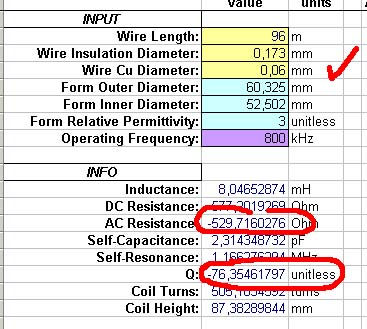"Change the color depending on pitch or something (with a menu option to make it a fixed color)" - Dewster
That is nice! - To me, the colors could correspond to menu levels - Top level (preset selection and tuning for example) being say green, sub level perhaps blue, and red for editing presets..
"personally I have a thing about instruments that don't allow full editing (however cumbersome) via the front panel."
So do (or did) I ! - But looking at how rarely I went into my Roland D110's or DX modules UI editing, I wonder if the UI was actually worth the cost - when one has complex parameters to adjust, and lots of instruments with their own quirks, I feel that those who want to "get inside" are (like me) likely to want an easier interface than is possible on a small digital UI..
I bought a Behringer BCR2000 controller with 32 illuminated rotary encoders and 20 buttons + foot switch inputs etc and preset storage for about £100 .. Link this to a fairly basic bit of software (but this isnt required) and I can fully edit all my (MIDI Equipped) synths, store the patches etc.. One only needs to get into the murky depths of the synth once, develop a common "structure" for them all, and never need to wast creative time messing with incomprehensible multi-level menus on a tiny LCD.
I think there are 3 kinds of users of electronic musical kit..
(1) Those who just want to "plug and play" and select some preset.
(2) those who think they want to "get into" the kit and think they need a UI to enable this - but who actually dont "really" nead a UI (or at least, even if they "need to" are unable to because the interface is too complex - given a panel of knobs they may well have what they really need), and actually find the UI overwhelming and not worth the effort.
(3) Those who really want / need to get into the kit - and most of these that I have met (a few exceptions who are wizards even on the most awful UI - I am not in this group, I find TV remotes and mobile phones a real challenge! ;-) go the route I have, and buy seperate software and/or controller.
From a designers / marketing perspective, the question is how many potential purchasers of theremins fall into which group.. If most are in group 1, then reducing the cost by leaving the UI out (and it represents a fairly substantial percentage of the cost) could be the best route..
Group 2 are the problem - If they represent a substantial number of the (tiny number of) potential purchasers, it may be worth fitting a digital UI and passing on this cost.
The cost of adding MIDI editing is trivial, so Group 3 will be catered for. (possibly because I am in this "group" I am biased - but even from a development perspective, the ability to take my BCR2000 to some Pro Thereminists for consultations, and to create presets they want, makes the whole job a lot easier)
Perhaps the best way is a preset but MIDI editable unit to start with - A digital UI which is effectively a menu based MIDI editor could then be produced as a drop-in module at a later date if there is demand for it - there would be no conflict as all hardware would be done for MIDI editing anyway, all that would need to be developed would be a simple editor streaming MIDI data...
I love the BCR2000 - its the sort of product one could never make at the same price unless one made thousands.. couldnt even buy the components for the price (if you could buy them) - you would pay at least £5 for each encoder with its LEDS in quantities of 1k, probably more like £10 each.. One of these units with my theremin would achieve what I want... The only thing I would lack would be an extra pair of arms or a telepathically remote controlled torso with arms.. ;-)
The only real problem with having MIDI sockets is that people may think they can use this for recording / playback of music / performances - So perhaps USB and some other connector which can go to a MIDI "adaptor" would be best.
Fred.


